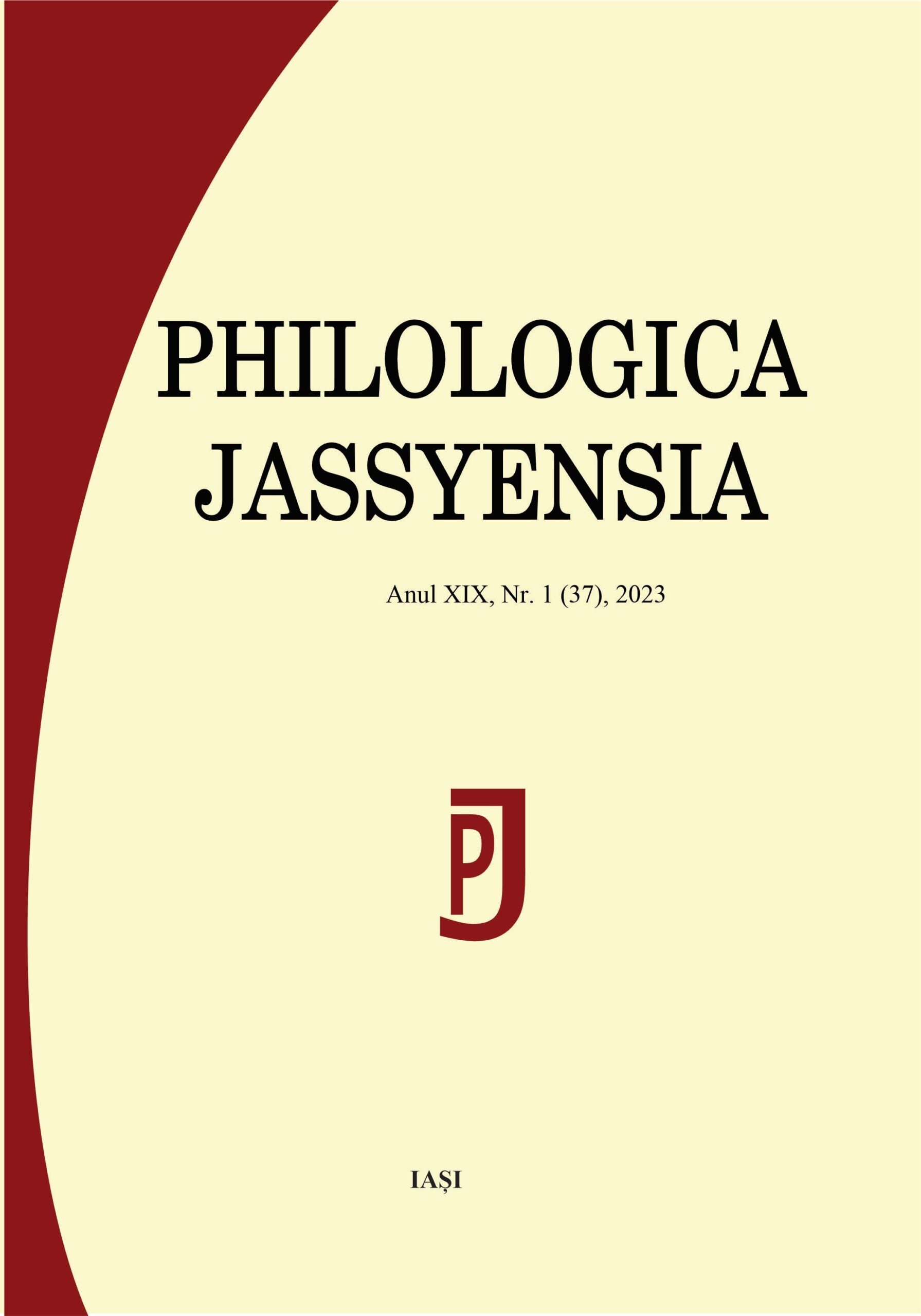Rumänistik in Berlin: die Geschichte einer philologischen Kleindisziplin
Romanian Studies in Berlin: the History of a “Small” Philology
Author(s): Ingrid BaltagSubject(s): Philology
Published by: Editura Tracus Arte
Keywords: history of Romanian studies in Berlin ; Romanian language, literature and cultural studies ; Humboldt-Universität zu Berlin ; Freie Universität zu Berlin
Summary/Abstract: This study is a short history of the Academic teaching of Romanian language and literature in Berlin since the foundation of the Romance Languages Studies. Romanian appears for the first time as an academic curricula at the beginning of the 20th century at the Friedrich-Wilhelms-University which after WW II was called Humboldt-University and remained in the eastern sphere after the division of the city of Berlin in east and west. In 1949 the Freie University of Berlin will be established in the western part of the city with support of the US-Government. From this moment on, we have two academic institutes for Romance languages in Berlin offering Romanian Studies, one in the Eastern and one in the Western part of the city. This paper highlights the personalities and their activities in the development of the curricula of these studies in the historical context from the social and political standpoint. We give an outline of how the Romanian teaching developed after the Fall of Berlin Wall and at what point we are now today.Hariton Tiktin was the first scholar to found the department of Romanian language at the Berlin University. Despite his valuable contribution through his comprehensive dictionary, his academic personality has gone forgotten. Tiktin was followed in the 1930s by Ernst Gamillscheg, an Austrian with strong sympathies for the upcoming national-socialist and fascist politics. Retrospectively his academic role in the two decades has been subject to controversy. The second half of this period is also marked by the Romanian linguist Sextil Pușcariu, that was active in Berlin as an academic scholar, being a guest lecturer at the University and as a founder of the Romanian Cultural Institute. The Ending of the War was characterized by a denazification of the academic world, and shows that the measures have never been consistent. The case Bucur is just a tragic academic anecdote. The Afterwar finds the Cold War represented by two competing Universities, and each of them had a Romanian department. On one hand in the western Free University Romanian was focused on Eastern European Studies and in the context of the Romance Philology as well, on the other hand in the Humboldt University the emphasis was on Language Studies and Translation. With the Fall of the Berlin Wall there is a slow change in the curricula reducing Romanian Studies in both Universities to the point that Romanian has been given up in the Free University. The Romanian Studies are still vivid at the Humboldt University but not as independent subject. It is part of different Bachelor and Master-Studies and is open to a wide variety of study subjects and also to all German students from other Universities of the region. At the End of the Essay there is a short analysis of the students interested in the subject, which leads to some conclusions about the future development of the Studies.
Journal: Philologica Jassyensia
- Issue Year: XIX/2023
- Issue No: 1 (37)
- Page Range: 273-288
- Page Count: 16
- Language: German

